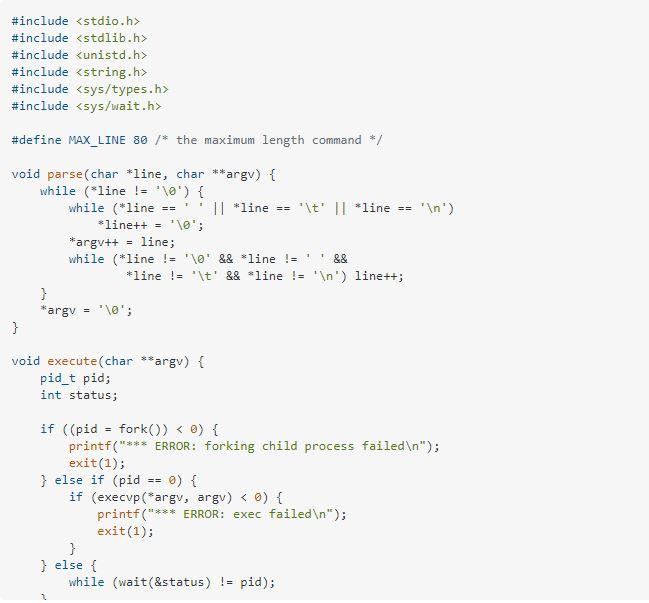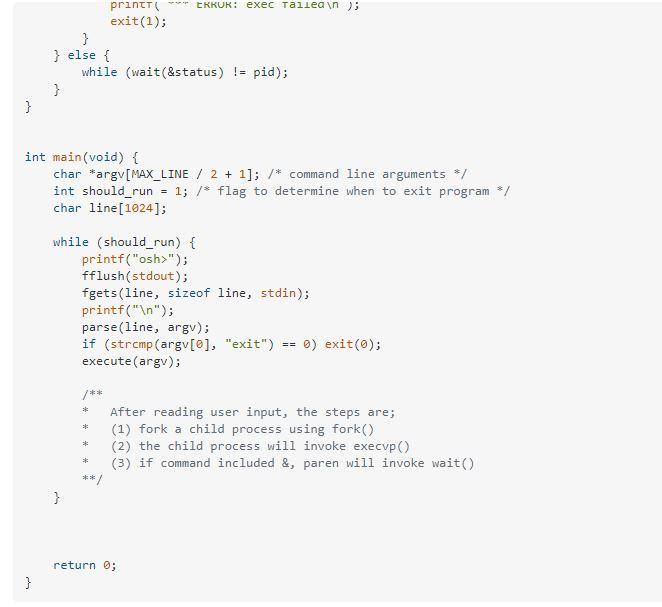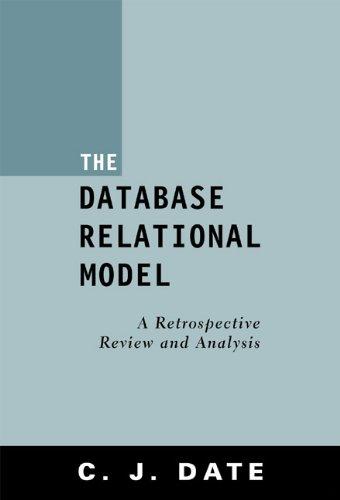I need to add a history feature that allows a user to execute the most recent command by entering !!. For example, if a user
I need to add a history feature that allows a user to execute the most recent command by entering !!. For example, if a user enters the command ls -l, she can then execute that command again by entering !! at the prompt. Any command executed in this fashion should be echoed on the users screen, and the command should also be placed in the history buffer as the next command. Your program should also manage basic error handling. If there is no recent command in the history, entering !! should result in a message No commands in history. This is my code below. How do I add a history feature so that it is well incorporated with my code? Please help me. Thanks.


Step by Step Solution
There are 3 Steps involved in it
Step: 1

See step-by-step solutions with expert insights and AI powered tools for academic success
Step: 2

Step: 3

Ace Your Homework with AI
Get the answers you need in no time with our AI-driven, step-by-step assistance
Get Started


